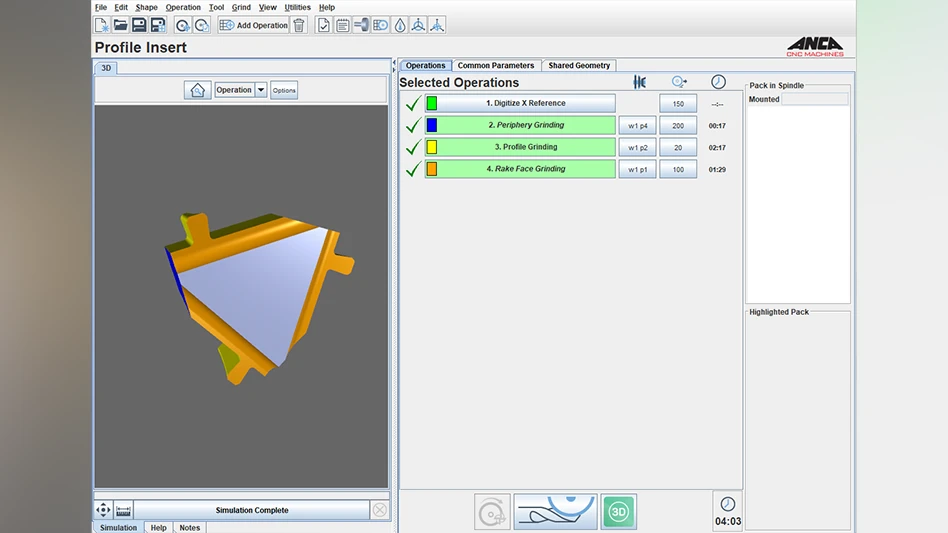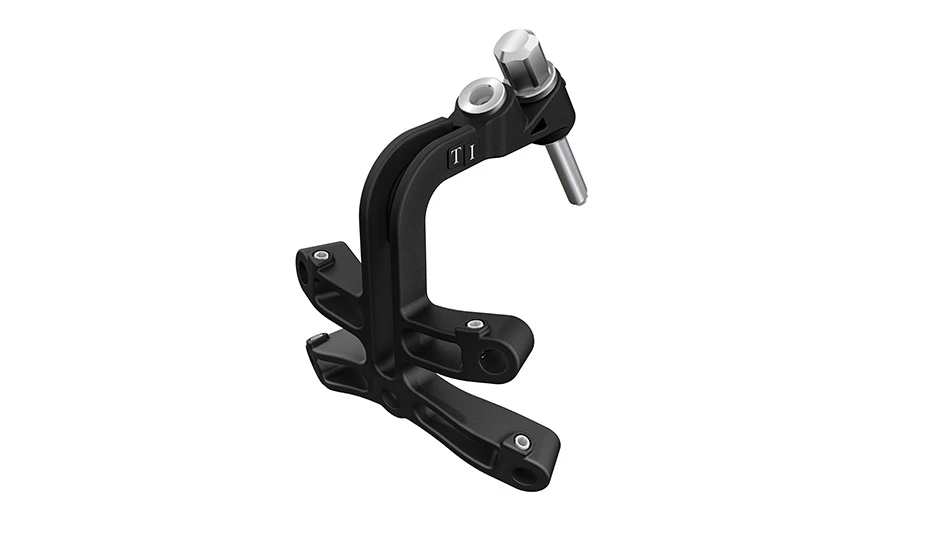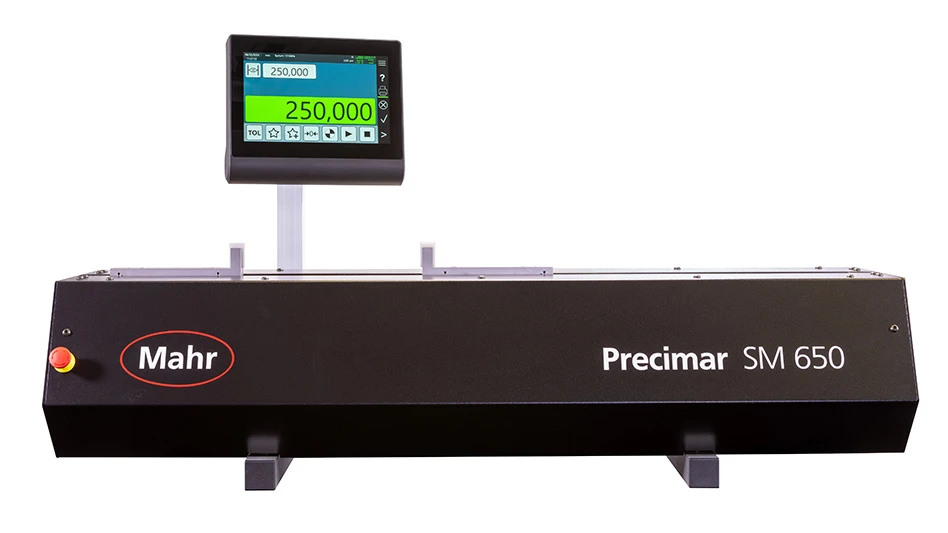Editor's Note: This article originally appeared in the June 2025 print edition of Today's Medical Developments under the headline “Customization for wearable delivery systems.”

In the arena of on-body injector and auto-injector development, more companies are creating devices paired one-to-one with a specific drug. While injector developers are producing devices to handle different drug types, the advantage of developing a specific injector is in matching the unique therapy and patient profile to the given drug.
The push from pharmaceutical brands is the need to optimize the actual delivery of the drug to match the demand in improving drug efficacy. The expertise and timescale required to create the latest, most effective drug treatments requires high investment; in turn, to optimize therapy efficacy demands the most appropriate delivery methodology.
As a result, the capability of the delivery system, based on an electric motor, a gear, a connecting actuator, and potentially a feedback device, must also be customized to suit the drug and its delivery criteria. Drugs that don’t, relatively speaking, have the highest need for volumetric precision, such as a diuretic like furosemide, could be still delivered by a generic device.
However, in the burgeoning market of biologics, precision in delivery is often crucial to treatment efficacy, and there might be less margin for error in harmful overdosing. In these cases, customization of the delivery system ensures precision over delivery force, dependent on drug viscosity, as well as the injection time profile. The frequency of administration and the total required lifespan of injector use are other key considerations. While growth in the biologics market has pushed the move toward customization of delivery system designs specific to each drug, the aiming to standardize for subsequent or similar drug types can still remain. A device developer might invest resources in establishing a customized delivery system for the first contracted drug or set of biologics but then might aim to use the original design platform across a broader drug range. As a result, the outer portion of the device and the software can be tailored to each specific drug and therapy, while the core delivery system remains the same.
Typically, this could mean adjusting the force to suit the viscosity, substituting the original motor and gear specification with an off-the-shelf selection of standard products. There’s logic to this approach, where repeating tried and tested designs, making only the necessary adjustments, can quickly achieve reliable results.

The danger, however, is moving too quickly with the re-design and neglecting important decisions that can impact wider aspects of the on-body injection device. This can result in the need for re-work later down the line, elongating the overall project timescale.
Form factor and drug delivery requirements
An important aspect that can be adversely impacted by abandoning the full range of customization considerations at a premature stage, or by moving directly to selection of off-the-shelf motors, gears, and lead screws is form factor. However, by maintaining a customization approach at the concept phase of every new project, a designer can make fine adjustments to the delivery system’s components, adapting to different drug viscosities and delivery requirements, while keeping the form factor and weight practically the same.
The gearing system has the biggest impact on form factor, and if greater force is needed, customization can achieve more specific ratios than off-the-shelf designs usually provide. For the most compact footprint, the gear housing can also be modified to mold perfectly with the device architecture. A spur gear is typically preferred as this arrangement allows an offset lead screw output, enabling improved fit within the typical rectangular layout of the on-body injection device.

With the gear design optimized, the motor can also be customized to provide the required output characteristics while maintaining the desired footprint. While motor size might have to increase to meet output torque requirements, should increasing the gear ratio alone not be sufficient, using alternative motor technologies could be advantageous. Switching from a brushed DC motor to a brushless DC (BLDC) motor increases the speed potential and delivery capability while reducing the footprint for the equivalent output.
Changing motor technology can also be useful to handle different drug delivery profiles. For example, if the drug needs to be delivered rapidly, the higher speed of a BLDC design could be more appropriate. To achieve precise dosing and enable exact management of the delivery phase, encoder pairing is crucial along with careful consideration of feedback technology type and resolution. Alternative technology could also be used, considering a delivery profile where the drug needs fine incremental volumes administered throughout a longer duration. In these cases, stepper motor technology, which can run open loop, focusing the feedback on the drug delivery, might be preferable.
Design consideration must also be made for the lead screw, with customization available for the diameter and pitch for an optimized system. This way, in combination with the appropriate motor technology, a higher pitch could deliver several times the force capability from the same footprint drive mechanism.

However, it’s crucial to remember changes to any one of the components can impact the output or footprint of the delivery system as a whole – so any design changes should be considered as early as possible in the design and development process.
Duty cycles, efficiency, and reliability
From the patient perspective, and the needs of the device designer, energy efficiency is also crucial and is another area where involving motor engineering expertise can offer an advantage. Although each drug has a specific therapy profile, the motor’s operation to achieve it can be adjusted to match its optimal operation.
This is key because the duty cycle has a significant impact on motor efficiency, where high-speed operation for a short duration is generally more efficient than continuous low-speed operation. Take a drug delivery profile of six hours; a motor could run for two seconds every minute at high speed and still achieve the same effective delivery profile as a continuous low-speed operation. This approach demands high precision in motor control but will result in a marked efficiency increase.

Close attention to duty cycle management in delivery system design can also improve another key area: lifespan. If a device designer assumes continuous duty operation, this could be a difference in a life cycle requiring hundreds of hours, or even several thousand hours, down to tens of hours of intermittent operation during the required months or years of use. Considering materials selection, this means specifying the most durable, expensive options may not be required and instead, sufficiently robust yet significantly less expensive materials could be used.
Another advantage of using intermittent duty cycles to minimize total required lifetime is the benefit to testing. Typically, a delivery system is tested for two cycles of its total lifespan, but with a lifetime reduced from hundreds to tens of hours, life testing duration can be significantly reduced. This time advantage can be used to test an additional range of parameters, as well as allowing testing to failure, enabling a more comprehensive test procedure, resulting in a more reliable device long term.
Future needs in delivery system design
Optimizing sustainability is another design aspect where customization is looking to push boundaries. Specifically, there’s an increasing drive to convert disposable devices to reusable designs. Coinciding with the boom in weight loss drugs and GLP-1 receptor agonists, there’s significant waste with single-use syringes.
While improving recyclability of materials is one option, a further potential is to look closer at the balance of the drive mechanism profile with the therapy profile, increasing the lifespan that can be achieved from delivery devices. As a result, delivery system developers are creating cost-effective ways of converting disposable devices to reusable options.
Whether developing a wearable drug delivery device to meet new trends such as sustainability, through adapting an existing design to deliver a new drug, the role of the motor, gear, actuator, and feedback will remain fundamental. Considering the significance of its impact, it’s important to ensure all design considerations are covered as early as possible in the development timescale, starting from the concept phase. In doing so, the involvement of device customization for each project adds the security that drug delivery to optimize patient outcome can be realized, while the timescale of development can be minimized – reducing the potential for late surprises emerging during the project.
Portescap
https://www.portescap.com

Explore the June 2025 Issue
Check out more from this issue and find your next story to read.
Latest from Today's Medical Developments
- Arcline to sell Medical Manufacturing Technologies to Perimeter Solutions
- Decline in German machine tool orders bottoming out
- Analysis, trends, and forecasts for the future of additive manufacturing
- BlueForge Alliance Webinar Series Part III: Integrate Nationally, Catalyze Locally
- Robot orders accelerate in Q3
- Pro Shrink TubeChiller makes shrink-fit tool holding safer, easier
- Revolutionizing biocompatibility: The role of amnion in next-generation medical devices
- #56 Lunch + Learn Podcast with Techman Robot + AMET Inc.





